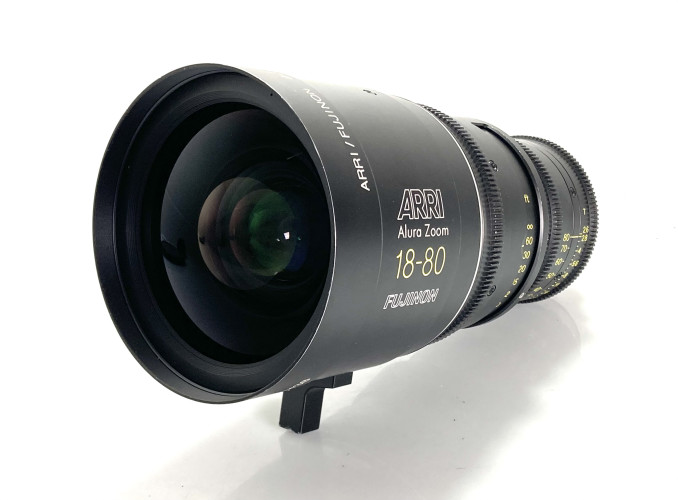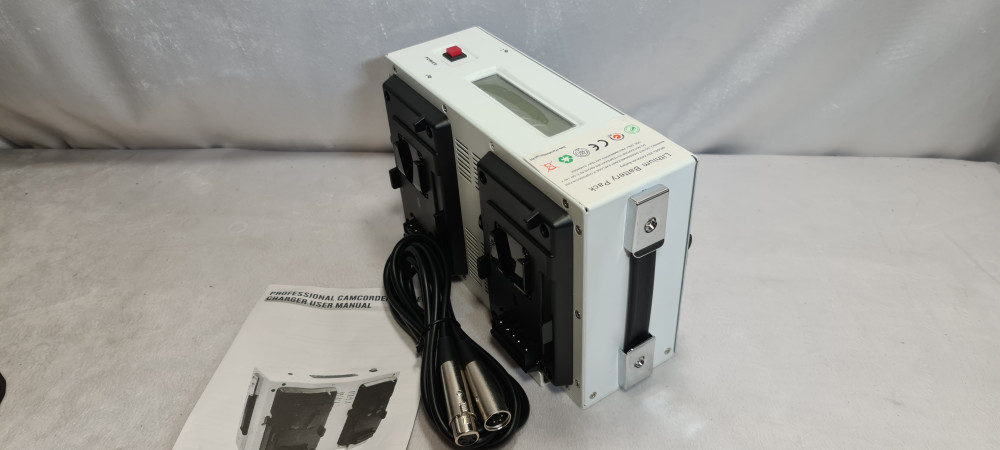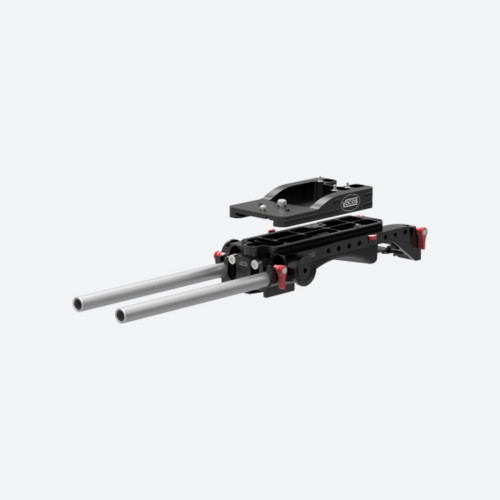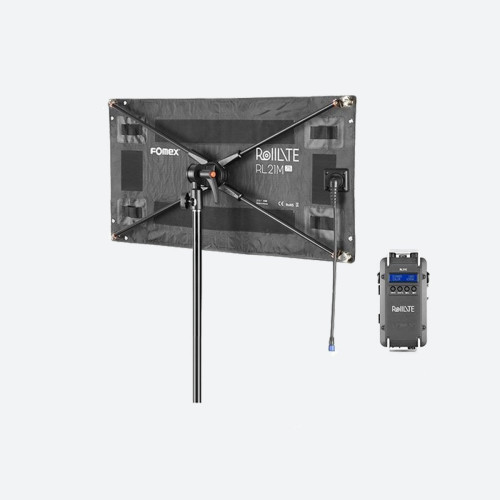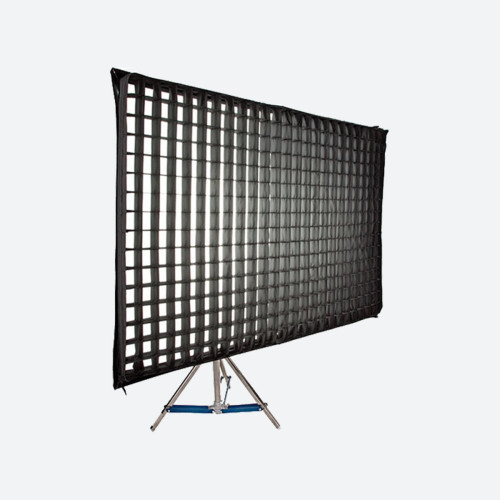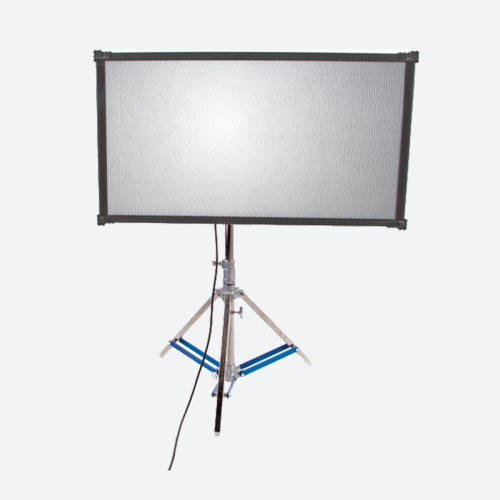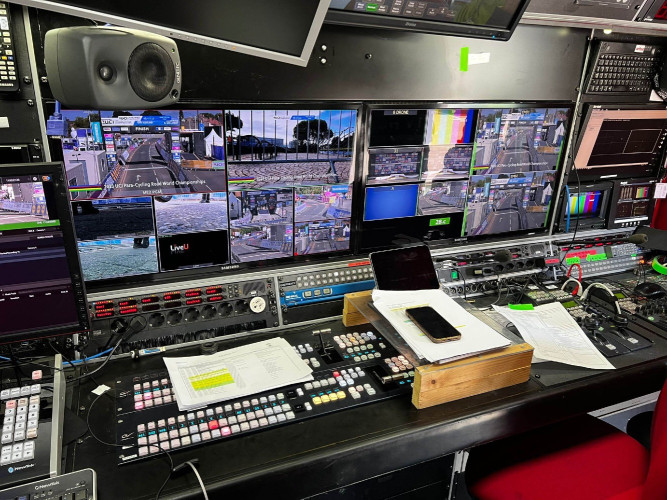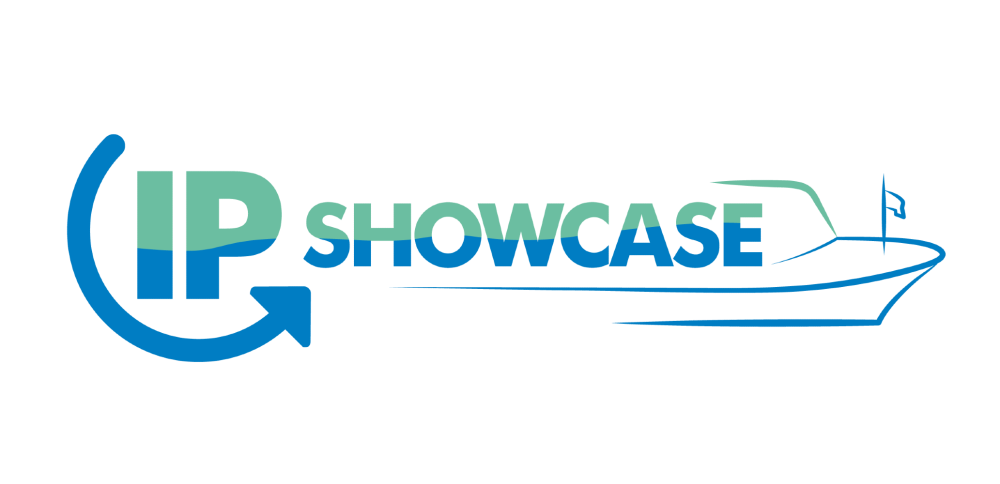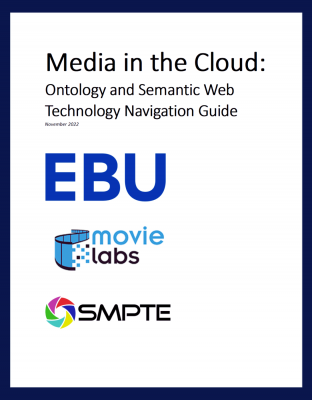Exceptional loudness control does not have to break the bank

Author: Oliver Masciarotte
Published 1st June 2013
by Oliver Masciarotte, Director of Customer Experience, Minnetonka Audio Software
The industry is buzzing about loudness control. It is perhaps the most important audio issue facing broadcasters today because governments have mandated change. EBU R128 and other such legislation around the world attempts to provide some level of consistency in perceived loudness between a program and its interstitials, hence the concept of loudness control.
Because loudness is based on perception — how loud the volume seems to the average listener — it is by nature difficult to control, especially while trying to maintain the artistry that went into it. You can’t simply apply a real-time compander or limiter to the problem because people will notice a difference in quality.
We now live in a file–based digital world, and real-time dynamics represent an analog way of thinking. Digital TV is capable of delivering much better quality than analog systems of the past. As more consumers watch higher quality video on ever larger screens with higher fidelity audio, they are adjusting their expectations upward to match. Broadcasters who believe that those consumers don’t care about audio do so at their own peril.
The specs and recommended practices tell us that the best way to manage loudness is in a file-based environment where you can see the entire duration of a program and make decisions based on the overall program. It’s something you simply cannot do in a real-time environment, where only a few seconds of audio can be analyzed at a time. Hardware dynamics should come into play only as a last resort; if audio engineers do their jobs correctly, hardware dynamics will remain idle.
Even to an untrained ear listening to a tiny rear-facing speaker on the back of a TV, there is a clear difference between sound that has been processed using standard loudness-control methodology and sound that has been processed with a file-based method. For people who listen through a “home theater,” which is common in many households today, the disparity is even more pronounced. At the other extreme are viewers who watch on their mobile or hand-held devices, which are usually incapable of supporting high fidelity. Broadcasters must carefully tailor PCM essence, even if it’s been lossy encoded or wrapped in a container, to make sure it works across all media and platforms.
In the end, it all comes down to producer’s intent. Standard methods tend to compromise the artistic intent of the audio because they make loud section quieter and vice versa, squashing the dynamic range. The result is bland audio that’s inconsistent with what is happening on screen. When that happens, people start to notice and it ultimately affects the content provider’s brand.
Despite the shortcomings, broadcasters have been slow to adopt file-based loudness management, perhaps as a matter of budget or convenience. To be sure, implementing an effective audio loudness solution using the industry’s video-oriented processes is too expensive for many operations. But now technology exists that takes decades worth of loudness management expertise and distills it into a turnkey, file-based software solution that offers a user-optimized answer to intelligent loudness management. It looks at an entire program and automatically makes decisions about how best to process the audio based on parameters that the engineer has set.
The technology consists of industry-standard methods and proprietary algorithms that combine in unique ways depending on the job at hand. The resulting quality is far better than what would come from real-time tools and video-oriented processes. Because it is file-based, it not only can run faster than real time, but also complies with the government directive to look at the entire program rather than short duration windows of time. Because it is purely software, the technology can be updated at any time and therefore is continuously compliant. And because it’s SOAP standards–driven automation, it slots into existing video infrastructure without requiring an audio-savvy tech to run it.
Perhaps one of the best things about a software-based, file-based loudness measurement solution is that the cost of entry is low, putting it within the reach of even the smallest broadcasters. For about the same price as a piece of real-time hardware — and at least half as much as equivalent file-based video-processing systems — a broadcaster could go a long way toward ensuring compliance and quality. And when you consider the potential penalties, that’s definitely money well spent.



